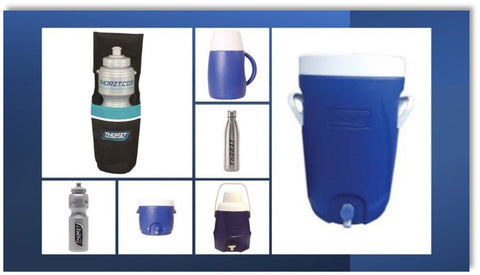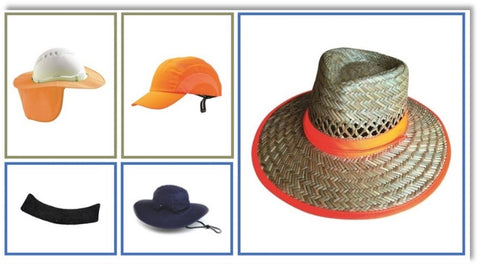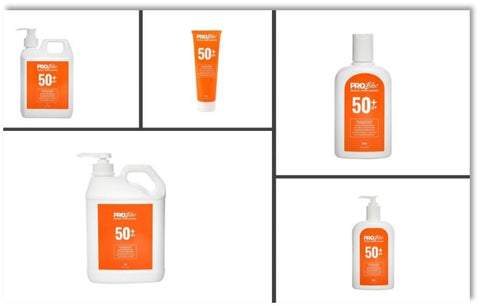Summer of severe heat predicted as Bureau of Meteorology declares El Niño
ABC Weather By weather reporter Tyne Logan
Posted Tue 19 Sep 2023 at 3:02pmTuesday 19 Sep 2023 at 3:02pm, updated Tue 19 Sep 2023 at 5:15pm
The Bureau of Meteorology (BOM) has declared two major climate drivers linked to hot, dry conditions are officially underway in Australia, prompting further warnings that extreme heat could hit this spring and summer.
With the northern hemisphere experiencing the hottest July in over 100,000 years, searing heatwaves, and unprecedented extreme weather emergencies, it stands to reason that this trend will follow on to the southern hemisphere in the coming months.
So, we’re in for a hot dry summer with severe conditions. What’s in store for us?
- Threat of bushfires
- Record breaking temperatures
- Lower rainfall and stronger winds potentially leading to drought
- Short intense heatwaves
We’ve seen this in Australia before. Nothing new here! But let’s learn from the past and be prepared. Remember 2019? Remember the fires that raged for months and couldn’t be abated? Yes, that was pre-Covid, a dim memory now, but we’re soon to be reminded of the harsh effects and serious impacts.
Authorities will have disaster plans in place and hopefully the warnings and alerts will be sufficiently well planned to ensure minimal loss of life in bushfire risk areas, for the very young and the elderly suffering in the heat.
For the majority of us however, it’s not the disasters that affect us the most. It’s often coping with the day-to-day work routine in severe weather conditions that can impact the worst.
WHAT ARE THE RISKS TO WORKERS?
- Heat stroke
- Heat exhaustion
- Heat cramps
- Heat rashes
Heat can also increase the risk of injuries in workers as it may result in sweaty palms, fogged-up safety glasses, and dizziness. Burns may also occur as a result of accidental contact with hot surfaces or steam.
DO YOU WORK OUTSIDE?
During exercise in the heat, sweat output often exceeds water intake which results in body water deficit and electrolyte losses.
Daily water losses can be substantial.
Heat kills more Australians than any natural disaster.
Heatstroke is fatal in up to 80% of cases.
Heat-related illness can be prevented.
HOW YOU CAN STAY SAFE THIS SUMMER?
- Stay inside or find some shade. Keep cool and avoid physical activity if you can.
- Proactively hydrate.
- Preventing dehydration is key, and there’s a simple recipe for that – H2O.
- Drink plenty of fluids the day before, during, and after your workday
- Drinking at shorter intervals is more effective than drinking large amounts infrequently.
- Dehydration can progress to heat stroke if you’re not replenishing fluids regularly.
-
Replenish the body’s sodium levels, which can be thrown off by heavy sweating.
- Electrolyte supplements replenish nutrients, such as salt and potassium. Electrolytes help your body function properly, including regulating heart rate and maintaining a healthy body temperature.
- Wear lightweight, loose-fitting clothing. This can be complimented by using Thorzt Cooling Vests, Scarfs, Neck Tie and Bandanas
-
Take frequent showers, if you can, to cool down
- Or use a wet cloth to keep your skin moist. See Cooling Towel in Image above.
- Wear a hat with good shade coverage. Like a Hard Hat brim and neck flap.
- Wear sunscreen
Click here to download a copy of the Hydration Guide for your worksite
Click here to download a poster on Heat Related Illnesses to display on your worksite
Call Triple Zero (000) if a person shows any signs of heat exhaustion or heatstroke







